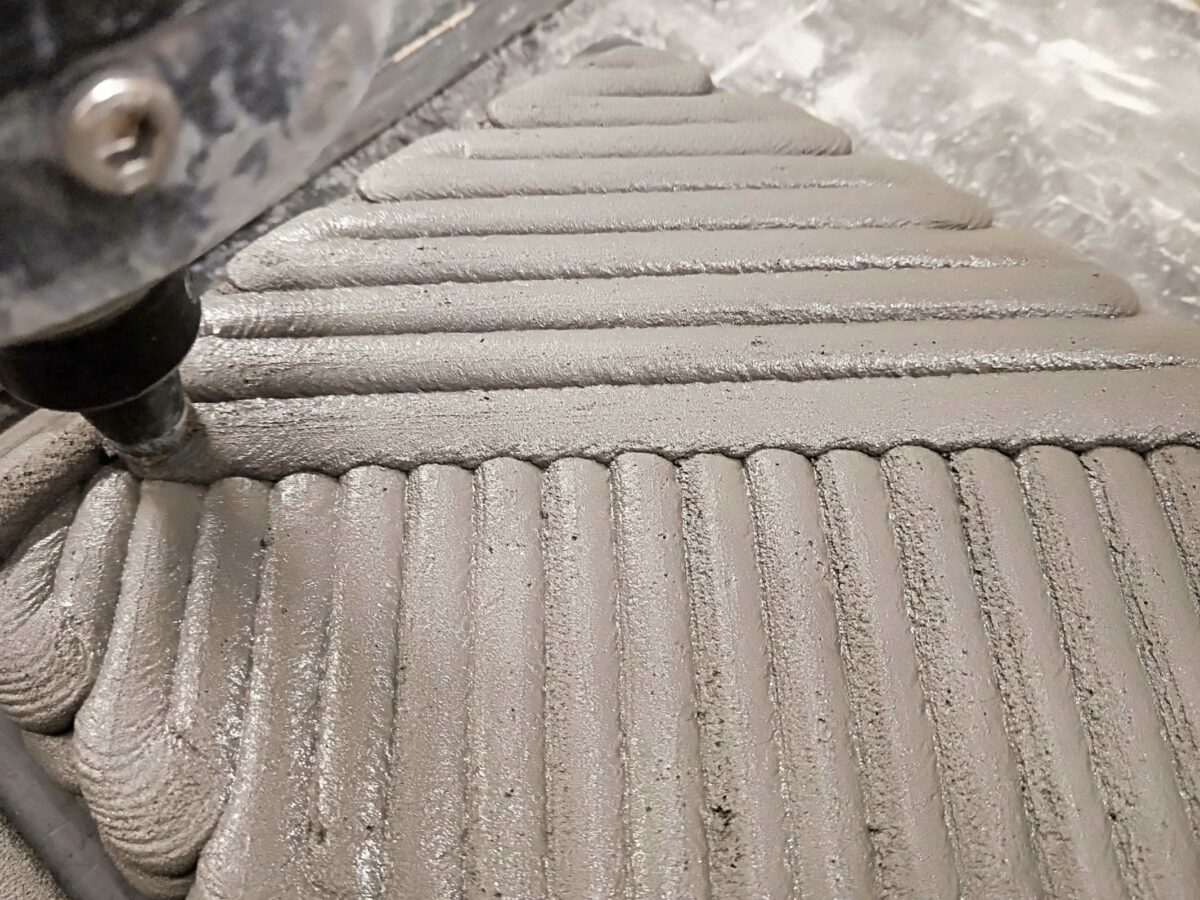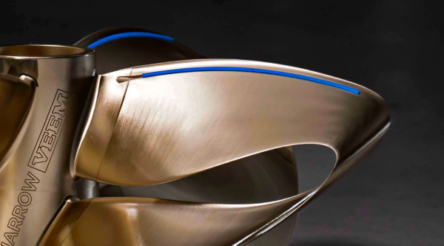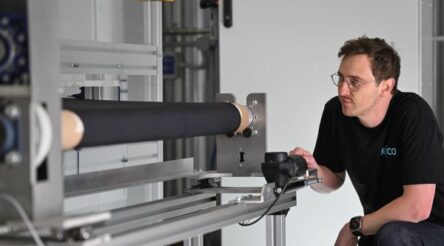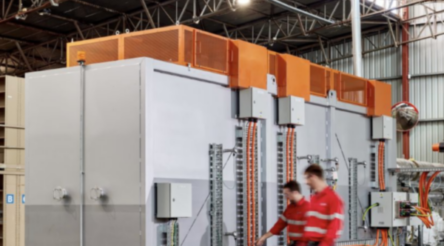RMIT team pinches an idea from a lobster, uses it to make stronger 3D printed concrete

RMIT researchers have used lobster-inspired patterns to increase the strength of 3D printed concrete structures.
The School of Engineering team, led by Dr Jonathan Tran, have published their work in the journal 3D Printing and Additive Manufacturing (see here.) They investigated “helicoidal patterns (inspired by the internal structure of lobster shells), cross-ply and quasi-isotropic patterns (similar to those used for laminated composite structures and layer-by-layer deposited composites)” and their effect on concrete with steel-reinforced fibres.
These differ from unidirectional patterns, where layers are laid on top of each other in parallel lines.
Each brought an improvement on regular patterns, but there was particular promise shown by the spiral method.
Tran said that natural materials like lobster exoskeletons had “evolved into high-performance structures over millions of years” and so the advantages nature had already innovated could be mimicked.
“As lobster shells are naturally strong and naturally curved, we know this could help us deliver stronger concrete shapes like arches and flowing or twisted structures,” he said in a statement.
“This work is in early stages so we need further research to test how the concrete performs on a wider range of parameters, but our initial experimental results show we are on the right track.”
Further studies will take place on a new 5 x 5 metre mobile concrete printer RMIT recently invested in, which it says is the largest of its kind in the southern hemisphere. Among these will be investigations into recycled feedstocks, such as plastic in concrete.
Pictures: supplied
Subscribe to our free @AuManufacturing newsletter here.
Topics Technology
@aumanufacturing Sections
Analysis and Commentary Awards Defence Manufacturing News Podcast Technology Videos










